The Year 1997 – Some Afterthoughts
Wow! Three long blog posts to describe my musical comings and goings as well as those of the Oslo Philharmonic in the year 1997! Until I started with Part One, I did not realize how musically busy that year was! On top of making the decision to move the family to the USA, making a quick trip to check out my wife’s uncle business, selling our apartment and moving the family to Illinois during the summer, as well as all the touring and concertizing, 1997 was a very busy year.
The fact that it was the penultimate year for me as a member of the Oslo Philharmonic Orchestra was a sobering thought, but the fact remains that in order to open a new chapter, you have to close one. I will discuss this further in the next installment. Right now, I just want to add some afterthoughts to an eventful year.
Looking back on 1997, there were so many highlights. Touring, making our final recording for EMI, and working with such great conductors as Mariss Jansons, Herbert Blomstedt, Manfred Honeck, Vladimir Ashkenazy, Rafael Frubeck de Burgos and Elihu Inbal – just to name a few -made this a banner year for me and the orchestra. I will never forget playing Mozart and Richard Strauss under Herbert Blomstedt. He presented the music at is was – no showy additions and emendations. With his musicianship, none of that was necessary. His authority over an orchestra was unquestioned, and he did it by dint of his musicianship and his quiet, understated, yet authoritative personality. The orchestra always played well for him, and these concerts were no exception. I particularly loved the way he conducted Mozart’s “Prague” Symphony. The introduction had the proper amount of gravitas and the transition from the introduction to the main body of the movement was seamless.
Vladimir Ashkenazy was one of my favorite musicians. The first time I worked with him was when he was the soloist in the First Piano Concerto of Johannes Brahms in September of 1988. The conductor was Esa Pekka Salonen. The timpani part is quite substantial – particularly in the first movement. Towards the end of the movement, there is actually a very important interaction between the piano soloist and timpanist, and I could tell that he was well aware of it as he was looking right at me shortly before the passage in question – and I made darned sure that I gave him exactly what was required. I was rewarded with a big smile as the passage in question came off very well indeed. On every subsequent occasion when-he was a guest soloist or conductor, he would make it a point to remind me that he remembered our work together on the Brahms.
We’d actually visit in the breaks and talk about the music that we were involved in that week.
When he conducted us, as he did in February of 1997, he brought both knowledge and passion to the performances of Schoenberg’s Pelleas and Melisande and Rachmaninov’s Symphonic Dances. The Rachmaninov in particular was memorable – the final movement had just the right amount of impetus and thrust.
Rafael Fruhbeck de Burgos was another orchestral favorite when it came to conductors. He was a regular guest conductor, appearing in many of my fifteen seasons with the orchestra. My very first contact with him came in my very first season with the orchestra when he conducted the orchestra in music of Franz Schubert – the Symphony No. 8 in B minor, “Unfinished“, and Manuel de Falla’s La Vida Breve. Both works were given splendid performances, but the performance of the de Falla was something special. De Burgos had a special way with music of his homeland, I could tell that this work was special to him by the care he took with it and the attention to detail he gave. The choir could never get the “Ole!” just right, so he went over it again and again until he was satisfied. The score called for, in addition to orchestra, chorus, and soloists, a dancer, and a guitar soloist. The dancer was incredible gifted and was also particularly good with the castanets. The guitar soloist was good as well, but couldn’t read music. De Burgos patiently coached him through his part and had him placed right in front so he could bring him at the appropriate moment. The performances were superb. Over the years he conducted us in performances of the Brahms Third and Fourth Symphonies; Stravinsky’s Le Sacre du Printemps; Richard Strauss’s Eine Alpensinfonie; Mahler’s Third Symphony; de Falla’s Suites from The Three-Cornered Hat; Ravel’s complete Daphnis et Chloe; Beethoven’s Pastoral Symphony and his (de Burgos’s own) arrangement of music of Isaac Albeniz as well as the Berlioz: Symphonie Fantastique. The latter two works are the last that I played under his direction. I must say that all of his performances were highly musical and thoroughly professional.
Working with Dame Iona Brown (as she later became) was an honor. She shared the artistic directorship of the Norwegian Chamber Orchestra with Terje Tonnesen for many years. During my years in Oslo, Dame Iona led all the high-profile tours and concerts of the NCO and international tours. During my first seasons with the orchestra – and it was on an as-needed basis – she lead the orchestra from her violinist’s chair, not picking up the conductor’s baton until forced to by arthritis later in her career. She was a thorough professional. Her rehearsals were brisk and businesslike, and she made sure one understood what she was trying to achieve and she made sure she got it. She was always pleasant to deal with, but if you were a little off your game for any reason, she’d let you know it and made sure that you got back on your game. I always appreciated that about her. One always knew where one stood with her.
In 1991, she programmed Mozart’s “Haffner” Serenade – not the “Haffner” Symphony, which is Symphony No. 35. The serenade was scored for the normal Mozartian orchestra with trumpets, but without timpani. Iona wanted to add a timpani part to the Serenade for the orchestra’s concert in Oslo and its appearance at that year’s BBC Proms. She asked me to craft one, and left me to my devices to get to it with little time to spare. I had to work fast as I had only about a week before rehearsals started. Luckily it was summer and I had the time. I was able to procure a score and a recording and I lived with both for several days. When I was finished and played the added part, it worked very well. She was quite satisfied. I had passed her test! The concerts went well, and I have to admit to being a little proud of that achievement. Sadly, when I moved to the States in 1998, I lost track of that manuscript. Further trips to the BBC Proms in 1994 and 1997 as well as performing the two of the last three Mozart Symphonies in Bergen in 1988 are some the highlights of working with Iona.
Sadly, she passed way some six years after I returned to the States, but not before having served as conductor of the South Jutland Symphony Orchestra in Denmark, among other positions.
Final Comments of the Residency – Fall 1997
The residency tour to Athens and Vienna in the fall of 1997 was the last big tour in which I participated with Mariss Jansons and the Oslo Philharmonic. In fact, it was my last tour with Jansons, period. I gave the details in my last blog post, so I am only going to give some final comments here. I had never before taken part in an intensely concentrated tour before. Of course, there were many tours in which we played two or three concerts in a row, and many with travel the same day. This tour was different in that even though we “stayed put” in one place during each of the two weeks, we played a different program each day. Each program was intense (as what program with Mariss conducting wasn’t?) and as the week progressed they got more intense. Athens was not so bad we only played four concerts with a day off in between. Vienna, being the high point of the tour, was where we played all five concerts. In the case of Vienna, even with a day off in between the first two concerts (if memory serves me), the intensity was that much greater as much was expected of us. To play Haydn, Bruckner, Mahler and Strauss in Vienna was kind of like taking “coals to Newcastle”, but judging the reception of our audiences at the time, we passed the test handsomely.
Playing all of this in the Musikverein – in the same hall where Mahler and Strauss conducted their works – and most likely Bruckner as well – gave me a feeling of pride in just being in the same hall, not to mention performing from the same stage. It is a tour that I will never get. On our off day in Vienna, I had the opportunity to visit the graves of Beethoven, Brahms, Schubert and Johann Strauss II. To stand at Beethoven’s grave in particular was very special, as he is one of my all-time favorites as well as being on of the world’s seminal composers. Ditto Brahms and Schubert, and for Johann Strauss Il, I have the greatest affection for his waltzes, polkas, and overtures. It was a great honor to end my touring career in one of the greatest musical venues and cities in the world.
Enjoy the picture gallery!
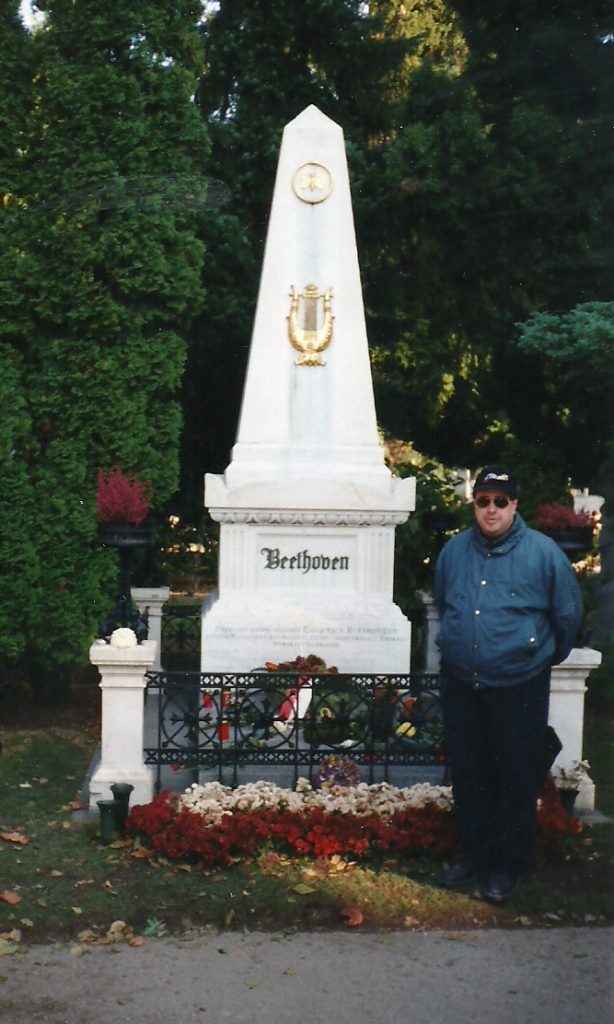
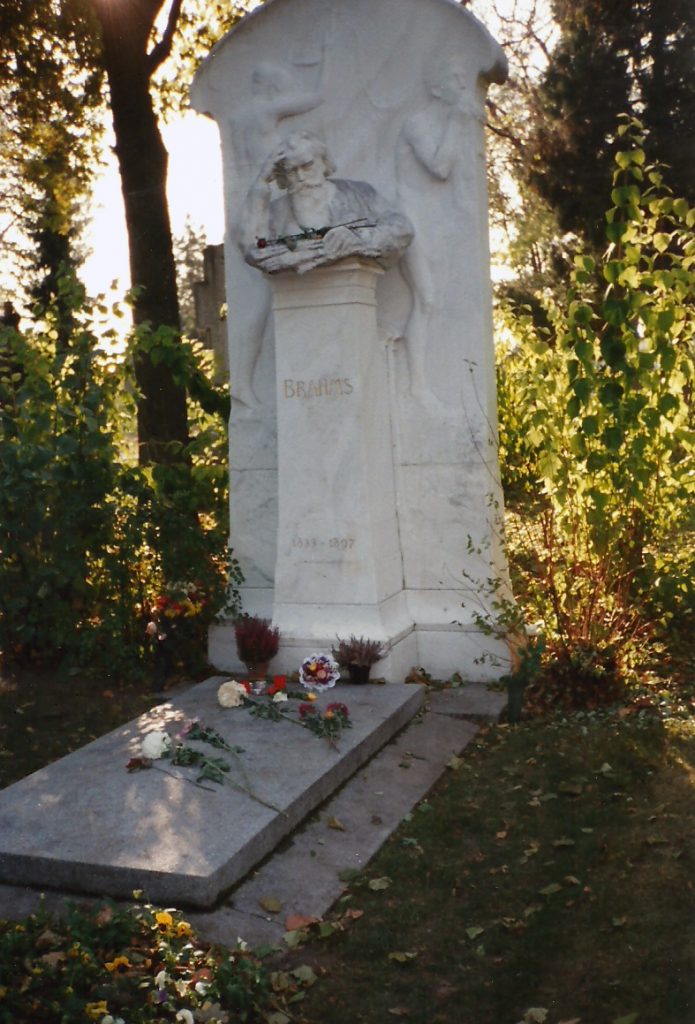
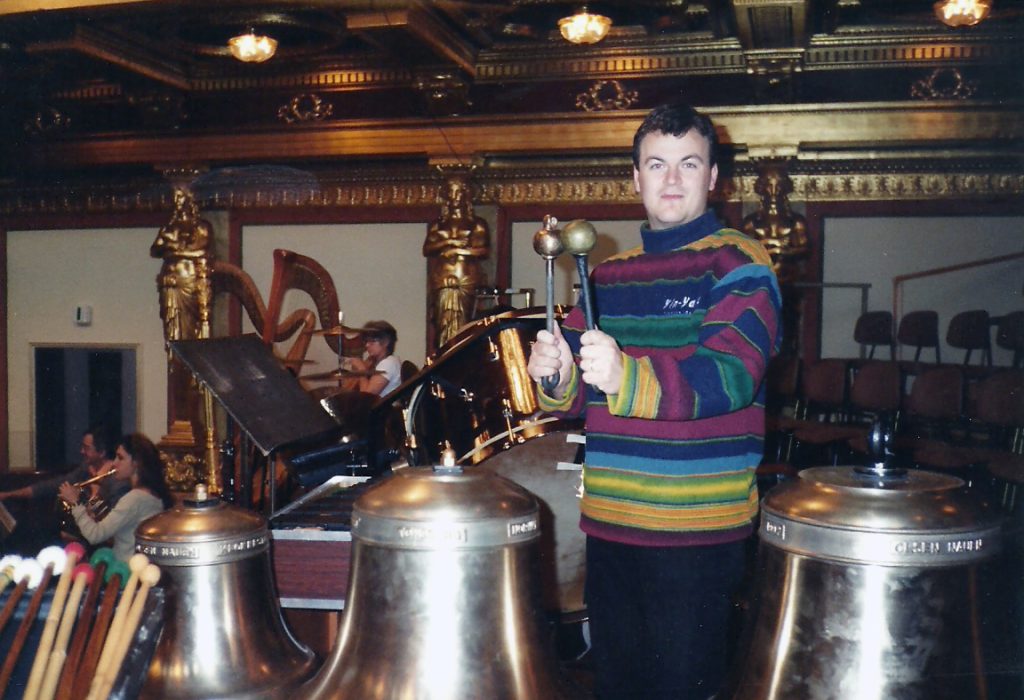

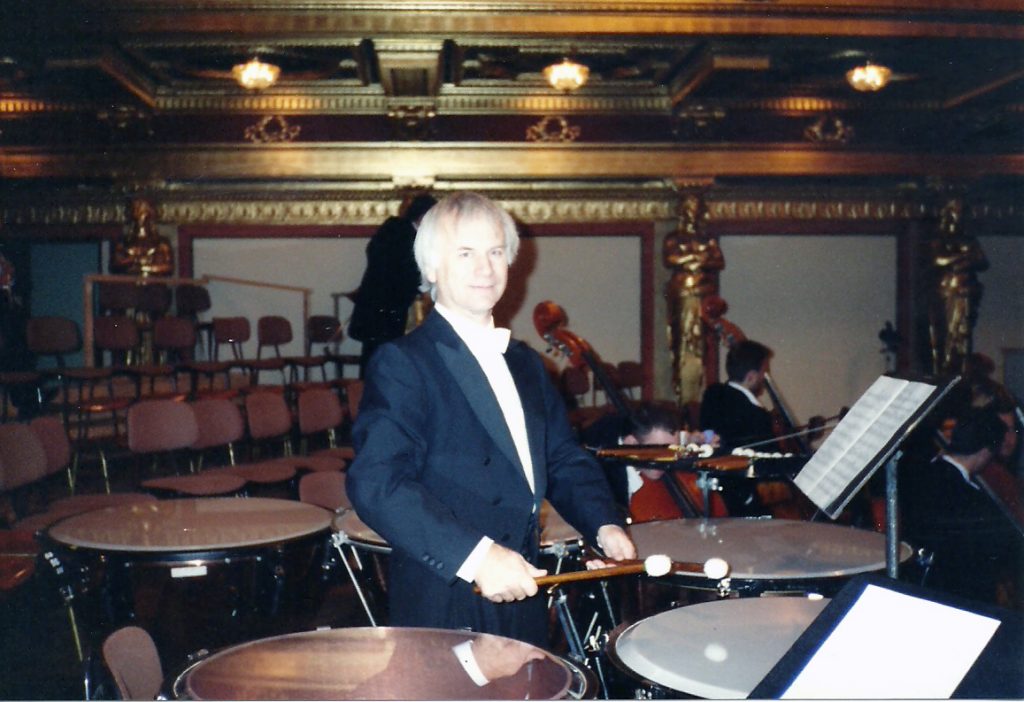

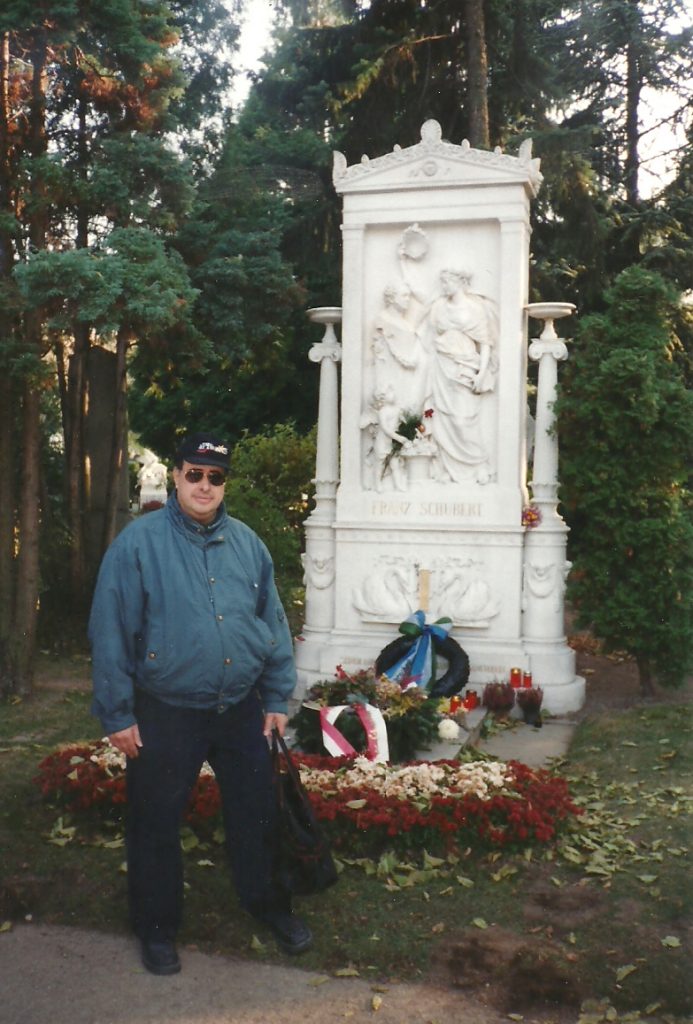

Recent Comments